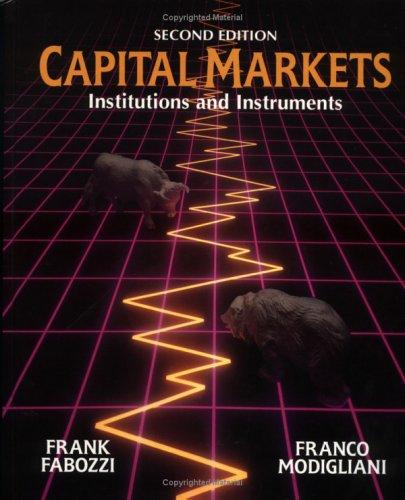Problem 15 Intro You just took out a 15-year traditional fixed-rate mortgage for $500,000 to buy a house. The interest rate is 8.4% (APR) and you have to make payments monthly Attempt 1/10 for 10 pts. Part 1 What is your monthly payment? Correct Since it's a traditional fixed-rate mortgage, the cash flows are constant and make up an annuity. We can thus use the annuity formula, solved for C. Monthly interest rate: r = 0.084/12 = 0.007 Number of months: t = 15*12 = 180 PV = 1- (1 + r)") PV. 500,000 - 0.007 - = 4,894 1 - (1+0.007) 180 Using a financial calculator: 11 (1+r) NIY PV PMT FV Inputs 180 0.7 -500,000 Compute 4,894 Using Excel (do not enter the thousands separators): =PMT(rate, nper, pv) =PMT(0.084/12, 180, -500,000) =4,894 Part 2 Attempt 1/10 for 10 pts. How much of your first monthly payment goes towards paying down the outstanding balance (in $)? Correct Since the initial balance is $500,000 and the monthly interest rate is 0.007, we have to pay $500,000 * 0.007 = $3,500 in interest in the first month. Therefore, the remainder of the payment is principal repayment, which reduces the outstanding balance: Principal repayment = Payment - Interest = 4,894 -3,500 = 1.394.43 Using Excel (do not enter the thousands separators) =PPMT(rate, per, nper, pv) =PPMT(0.084/12, 1, 180, -500,000) =1,394.43 Part 3 IS Attempt 1/10 for 10 pts. What is the outstanding balance after 1 year if you have made all 12 payments on time? 482607 Correct The outstanding balance after one year is the present value of all future cash flows over the next 14 years: Number of months: t = 14*12 = 168 PV = ? ( - atos) 4,894 0.007 (1 +0.007) 68 = 482,607 Using a financial calculator: NIY PV Inputs 168 0.7 Compute 482,607 PMT FV -4,894 0 Using Excel (do not enter the thousands separators): ECUMPRINC(rate, nper, pv, start period, and period, type) =CUMPRINC(0.084/12, 180, 500,000, 13, 180,0) =-482,607 Alternatively: =PV(rate, nper, prt) =PV(0.084/12, 168, -4,894) =482,607 Part 4 Attempt 1/10 for 10 pts. How much of your 13th monthly payment goes towards paying down the outstanding balance in $)? No decimals Submit











